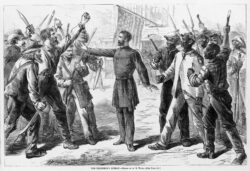Music
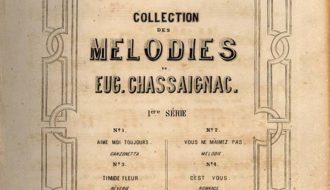
Eugene Chassaignac
Eugène Chassaignac was a composer and music critic in nineteenth century New Orleans.

Eugène Chassaignac was a composer and music critic in nineteenth century New Orleans.

For both Union and Confederate forces during the Civil War, New Orleans was considered a strategic city at the mouth of the Mississippi River.

Federal forces occupied New Orleans, a strategic city at the mouth of the Mississippi River, from 1862 until the end of Reconstruction.
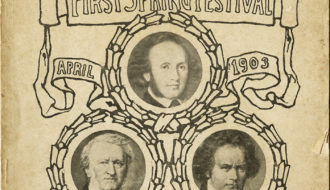
Ferdinand Dunkley was an organist and composer who sought to incorporate Louisiana folklife into his compositions in works such as “Street Cries” and “Bayou Songs.”
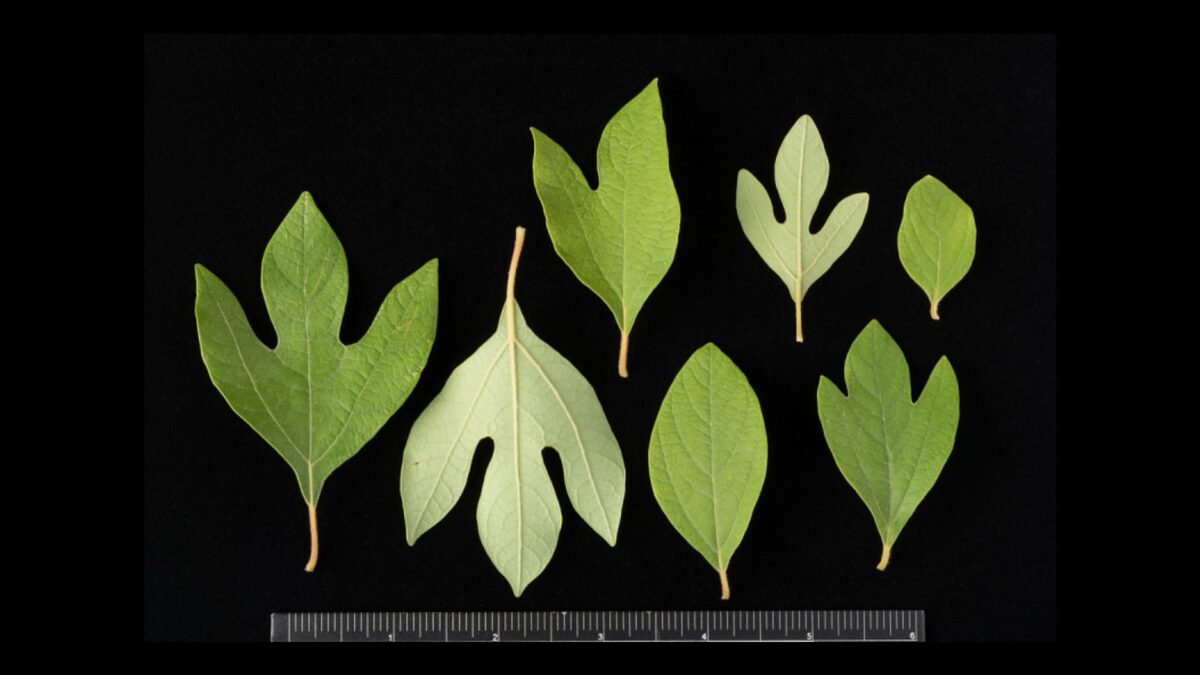
Filé, also known as filé powder or gumbo filé, is a seasoning and thickening agent made from dried and finely ground sassafras leaves.
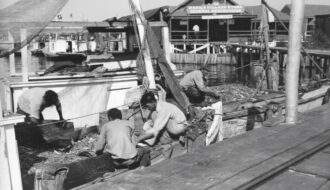
Louisiana is home to the earliest Filipino American community in the United States.
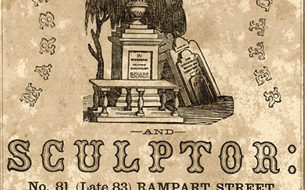
Florville Foy, a free man of color, was a marble cutter, sculptor, and proprietor of one of the most successful marble yards in nineteenth-century New Orleans.

Frances Benjamin Johnston's seven-decade career as a photographer began in Washington, D.C. during the presidency of Benjamin Harrison, and concluded in New Orleans, months before Dwight Eisenhower's election to the same office.
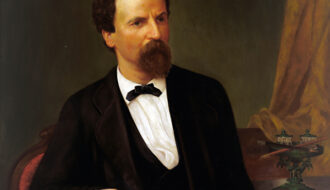
Francis Nicholls served two nonconsecutive terms as governor of Louisiana from 1877 to 1880, and again from 1888 to 1892.

Samuel Snaer was a respected composer and musician in nineteenth century New Orleans.
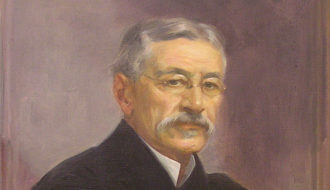
Frank Adair Monroe served as the chief justice of the Louisiana Supreme Court from 1914 to 1922.
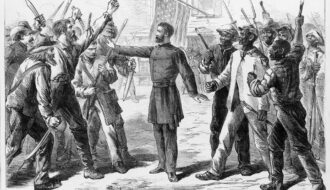
After the Civil War, the Freedmen’s Bureau sought to provide social services to newly freed people, regulate contracts between laborers and employers, and protect citizens’ civil rights.
One-Year Subscription (4 issues) : $25.00
Two-Year Subscription (8 issues) : $40.00
